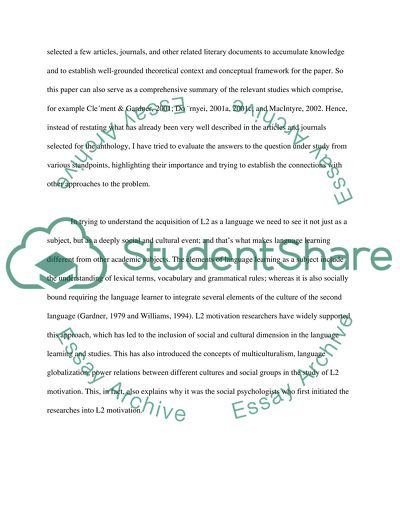Cite this document
(“Can You Motivate The Unmotivated A case study of male university”, n.d.)
Can You Motivate The Unmotivated A case study of male university. Retrieved from https://studentshare.org/education/1402362-can-you-motivate-the-unmotivated-a-case-study-of
Can You Motivate The Unmotivated A case study of male university. Retrieved from https://studentshare.org/education/1402362-can-you-motivate-the-unmotivated-a-case-study-of
(Can You Motivate The Unmotivated A Case Study of Male University)
Can You Motivate The Unmotivated A Case Study of Male University. https://studentshare.org/education/1402362-can-you-motivate-the-unmotivated-a-case-study-of.
Can You Motivate The Unmotivated A Case Study of Male University. https://studentshare.org/education/1402362-can-you-motivate-the-unmotivated-a-case-study-of.
“Can You Motivate The Unmotivated A Case Study of Male University”, n.d. https://studentshare.org/education/1402362-can-you-motivate-the-unmotivated-a-case-study-of.


